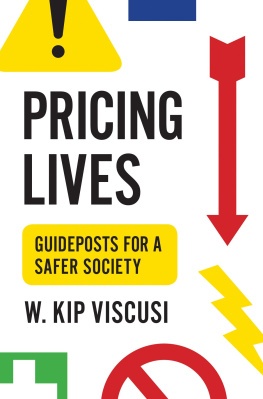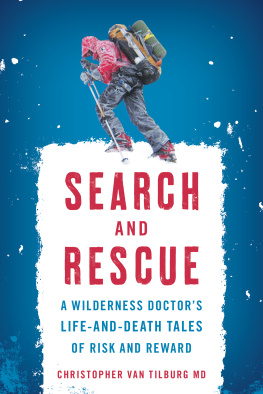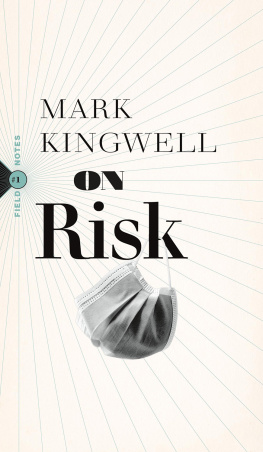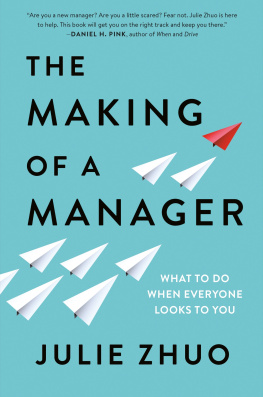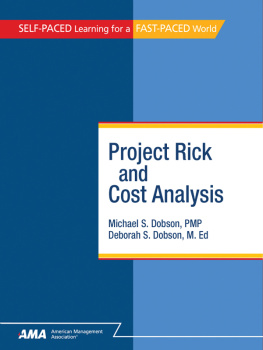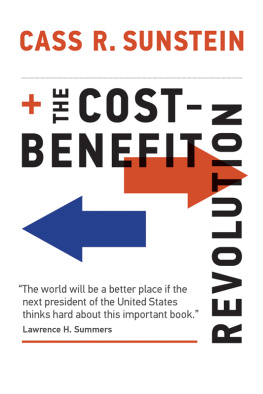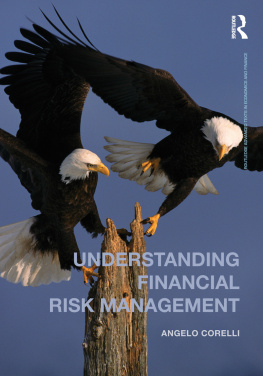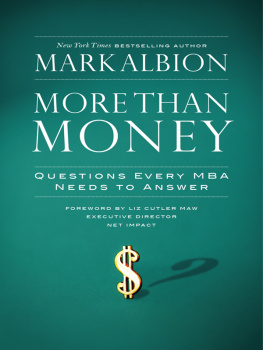PRICING LIVES
Pricing Lives
Guideposts for
a Safer Society
W. Kip Viscusi
PRINCETON UNIVERSITY PRESS
PRINCETON AND OXFORD
Copyright 2018 by Princeton University Press
Published by Princeton University Press,
41 William Street, Princeton, New Jersey 08540
In the United Kingdom: Princeton University Press,
6 Oxford Street, Woodstock, Oxfordshire OX20 1TR
press.princeton.edu
Jacket graphics and design by Amanda Weiss
All Rights Reserved
Library of Congress Control Number: 2018932156
ISBN 978-0-691-17921-6
British Library Cataloging-in-Publication Data is available
This book has been composed in Adobe Text Pro and Gotham
Printed on acid-free paper.
Printed in the United States of America
10 9 8 7 6 5 4 3 2 1
For Robert J. Viscusi
CONTENTS
PREFACE
I receive frequent calls from journalists wondering if I was aware that the government is placing a dollar value on human life. The alarmed journalists believe that they have uncovered a scandal akin to the death panels that some people envisioned would accompany national health insurance. The particular practice in question is the value that risk regulation agencies use to determine the economic benefit of reducing small risks of death, or what has come to be known as the value of a statistical life.
Setting a price on life is not the province of government risk regulation policies alone. The courts have been engaged in pricing lives for centuries, as compensation in wrongful death cases sets a price on life in terms of the amounts that are paid for economic loss incurred by the survivors. In their product safety decisions, companies place a finite value on life at least implicitly every time they make a product that is not risk-free. Similarly, each of us also places a value on risks to our lives whenever we undertake potentially risky behaviors.
The principal theme of this book is that the value of a statistical life is not only an economically sound and ethically responsible approach; it has a much broader role to play in serving as the societal guidepost for valuing fatality risks. In the case of government agencies, adoption of the value of a statistical life has led to much more protective policies than when the government equated the value of expected lives saved with the economic losses in terms of medical expenses and forgone wages. While these values now serve as a much higher reference point for assessing the value of the mortality risk reductions from major new government regulations, the government still undervalues lives in other ways, as in the very low level of regulatory sanctions for job-related and product-related deaths. Companies also either tend to undervalue lives or ignore systematic valuation of risks to life altogether. Incorporation of the value of a statistical life in product safety decisions would transform the character of the corporate decision process and boost the valuations assigned to product-related risks. Finally, the courts could profit by using the value of a statistical life in assessing liability and in establishing appropriate levels of deterrence. In each of these instances, the use of the value of a statistical life will foster a safer society. And what is remarkable is that this single procedure for valuing risks to life establishes a consistent framework that can serve as the guidepost for pricing lives and promoting safety in all these institutional contexts. These principles have international ramifications as well. The shortfall from the proper valuation of life is even greater outside the United States.
My objective in writing this book is twofold. First, I hope to advance the main policy prescription in this book, which is to make responsible valuation of life the norm throughout society. While the book clearly has a strong advocacy point of view, it is grounded in economic analysis that recognizes that society does face limits in terms of the affordable level of safety. However, in most instances both in the United States and internationally, these limits have been set too low, leading to an underpricing of human life. Second, I have written this book to communicate my results and policy proposals to a broad audience. The chapters impose no technical demands on the reader.
Many of the overall policy themes in this book are new, but the fundamental underlying economic frameworks are well established. This book draws on my four decades of research and involvement in government efforts to implement policy applications of the use of the value of a statistical life. The book is an entirely new manuscript, with the exception being portions of my discussion of automobile safety risk analyses that draw on my article in Vanderbilt Law Review, Pricing Lives for Corporate Risk Decisions (68, no. 4 [2015]: 11171162).
Throughout the writing of this book, my publications coordinator, Sarah Dalton, undertook substantial initiative in tracking down research materials as well as formatting, editing, and producing the draft manuscript. At Princeton University Press, the senior economics editor Joe Jackson, production editor Nathaniel L. Carr, and copy editor Molan Goldstein provided valuable guidance and editorial suggestions. I am grateful to Cass Sunstein, Thomas Kniesner, and several anonymous reviewers of my draft manuscript for many insightful suggestions. Finally, I would like to thank my roster of coauthors on empirical estimates of different aspects of the value of a statistical life, including Joseph Aldy, Jason Bell, Chris Doucouliagos, Mark Dreyfus, Ted Gayer, Elissa Philip Gentry, Jahn Hakes, James Hamilton, Joni Hersch, Joel Huber, Thomas Kniesner, Wesley Magat, Clayton Masterman, Michael Moore, Thomas Stanley, Christopher Woock, and James Ziliak.
PRICING LIVES
How Pricing Lives Saves Lives
The Challenge of Valuing Mortality Risks
We cant do that. Thats immoral. This was the reaction I got in 1980 when I suggested to a prominent Occupational Safety and Health Administration (OSHA) official that the agency monetize the reduced risks of death from job safety regulations using labor market estimates of workers valuation of fatality risks. The values I advocated were based on the extra amounts workers are paid for each expected workplace death. Early studies often referred to these figures as the value of life, but the terminology used to describe this approach has evolved to be the value of a statistical life, which is both more accurate and somewhat less inflammatory.
The idea of monetizing the benefit of reduced worker fatality risks was not controversial. OSHA and other agencies had routinely attached dollar values to the expected lives that would be saved by regulations. In doing so, they followed the general approach patterned after that used by the courts in wrongful death cases, in which they equated the benefit of reduced risks of death to the value of lost earnings and medical expenses. This formulation enabled agencies to generate a mortality risk reduction benefit number and to be able to point to the use of a similar approach by the courts, thus providing some evidence of its reasonableness. However, there is a fundamental disconnect between these values and the core principle underlying benefit assessment, which is that benefit values for government policies should reflect societys willingness to pay for the benefit. An instructive way to ascertain these values is to examine the revealed preferences based on risk-taking behavior. The estimates of the value of a statistical life make such a connection by using the value that the workers themselves place on risks of death.

